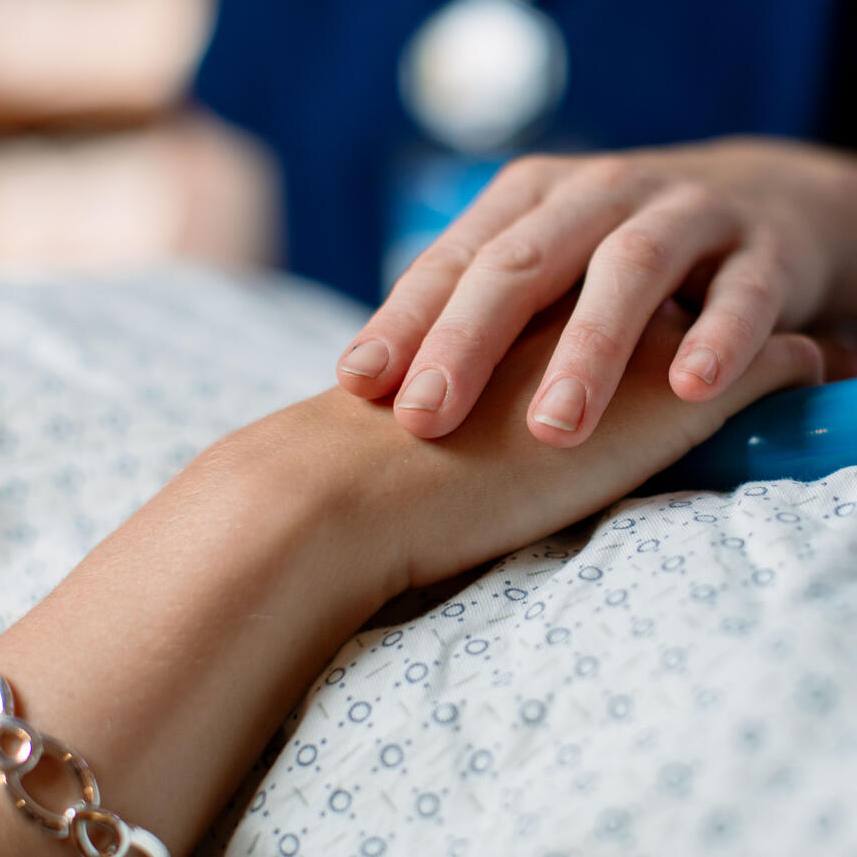Complaints of back pain are on the rise. About 40% of people in the U.S. experience back pain, according to a Centers for Disease Control and Prevention study That's up 10% over the past 20 years.
Dr. David A. Miller, a Mayo Clinic diagnostic radiologist, explains how vertebroplasty, an outpatient procedure to stabilize fractures in the vertebrae by using bone cement, can reduce back pain.
Journalists: Broadcast-quality video pkg (0:58) is available in the downloads at the end of the post. Please courtesy: "Mayo Clinic News Network." Read the script.
Sitting, lifting, walking — debilitating activities when vertebrae have cracked or broken from trauma, or from bone-thinning, also known as osteoporosis.
"Pain from a fracture can keep you from doing pretty much anything you need to do," says Dr. Miller. "It's these fractures that can be helped by vertebroplasty."
X-rays guide the physician along the spine to the fracture. Then bone cement is mixed and injected into the affected area. In case of multiple fractures, the physician must work quickly, as the cement hardens in about 20 minutes. Once set, fractures are stabilized, and the spine is supported.
"For many of these patients, when they go to get up, their pain is gone," says Dr. Miller.
Dr. Miller says patients return to activity after a few weeks. They are instructed how to strengthen their back through diet and exercise to prevent further fractures.
"The goal is to get people back to doing all the things they were doing before they had their fracture," says Dr. Miller.

Related articles
- "Mayo Clinic Q&A: Additional opinions helpful in treating back pain."
- "Mayo Clinic Minute: What women should know about osteoporosis risk."
For the safety of its patients, staff and visitors, Mayo Clinic has strict masking policies in place. Anyone shown without a mask was recorded prior to COVID-19 or recorded in an area not designated for patient care, where social distancing and other safety protocols were followed.
For more information and all your COVID-19 coverage, go to the Mayo Clinic News Network and mayoclinic.org.







